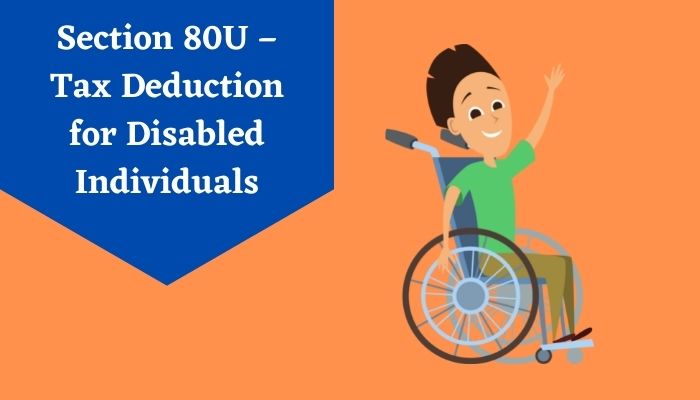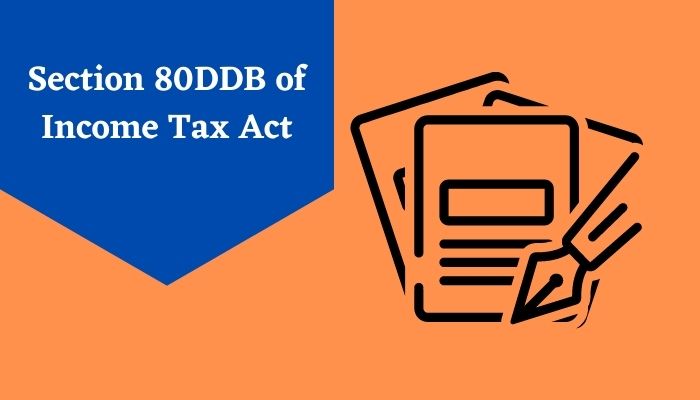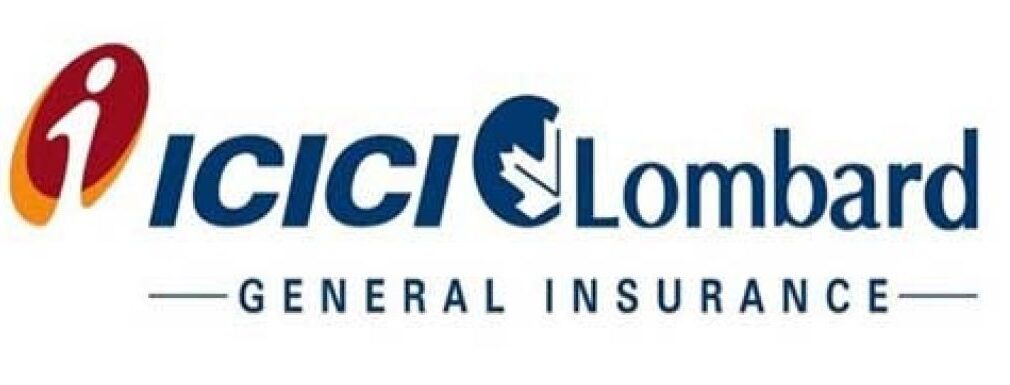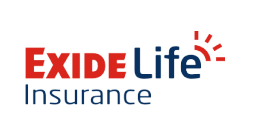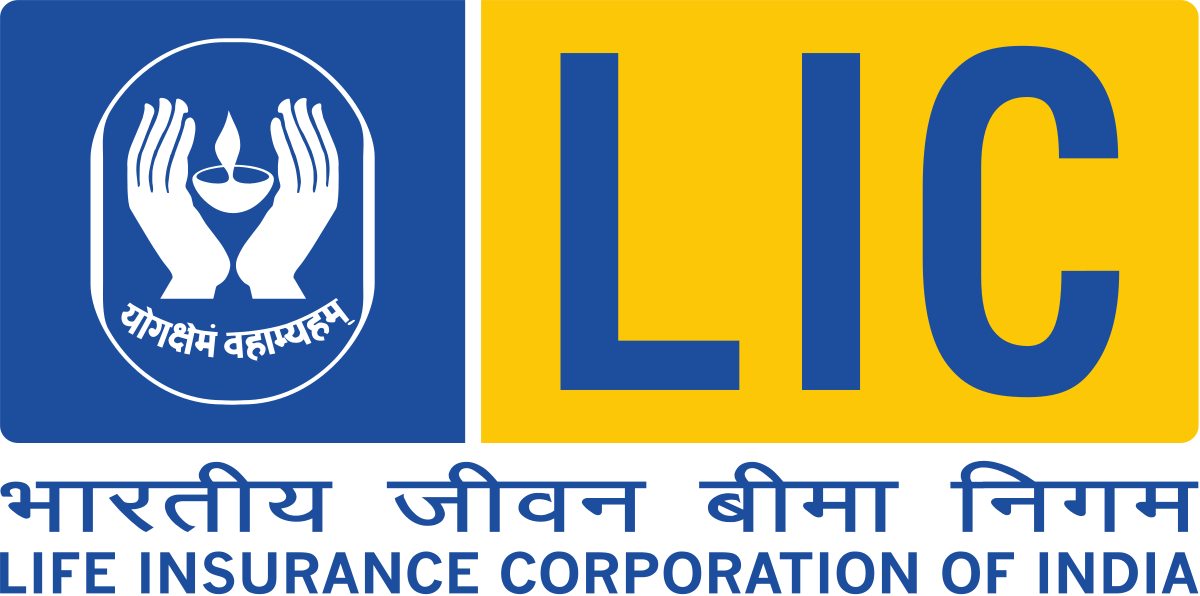How Does Life Insurance Underwriting Work?
Life insurance is essential for every individual.
When you apply for a life insurance product, you need to go through an underwriting procedure with the insurance provider. An underwriter acts on behalf of your life insurance firm to assess whether you will get the premium that was initially offered to you. They look at your application data, health records, and lifestyle to assign you an insurance categorization that corresponds to how probable you are to die prior to the conclusion of your policy’s duration, and your premium rate is calculated accordingly.
This blog will provide insights on the procedure of life insurance underwriting.
Types of Underwriting in Life Insurance
There are mainly two types of life insurance underwriting methods practiced:
- Simplified Issue Underwriting
Simplified Issue underwriting doesn’t necessitate a medical evaluation. This benefit, however, offers its own set of restrictions. You will have way less flexibility in determining the sum of the death payout connected with this sort of insurance. The best part is that you will be approved for insurance coverage in as little as 15 minutes.
- Fully Underwritten
Fully Underwritten policies include evaluation of all necessary paperwork. An underwriter may probe further by requesting additional evaluations, resulting in an approximate underwriting time of 4-8 weeks.
What is the Role of a Life Insurance Underwriter?
The primary purpose of a life insurance underwriter is to portray a complete view of the applicant’s life.
As the underwriter progresses through the procedure, he or she learns more about you, your medical history, and your current lifestyle, which assists them to anticipate your life expectancy.
Essential Factors of the Life Insurance Underwriting Process
Following are the important factors of life insurance underwriting:
- Age
Aside from determining what amount limits are required, age is an important underwriting element. When you are younger and healthier, your insurance premium rates are considerably cheaper.
- Gender
Women typically pay lower premiums than men for life insurance. Other medical threats, irrespective of gender, are also taken into account.
- Residential Address
Insurance companies utilize your address to underwrite financial transactions. Because most people declare their house as their most valuable asset, verifying your address might assist the underwriter in determining premium rates.
- Citizenship Status
Citizen status plays a big role in establishing a person’s records which helps in determining premium rates.
- Profession
Most professions are regarded as “safe,” however some have higher fatality rates. Special operations forces or lumberjacks, for example, may need additional payments to receive life insurance coverage or get straight-up denied.
- Net Worth and Income Amount
The level of life insurance coverage you seek must be proportionate to your current financial status to ensure you can pay premiums on time.
- Proposed Death Benefit
The greater the face value, or death payout, the more standards insurers must meet to certify your risk.
- Ongoing Insurance Policies
Underwriters will look to see if you are asking for too much extra cover if you have other ongoing insurance policies.
- Beneficiaries
Insurable interest is reviewed during the life insurance underwriting process to confirm your listed beneficiaries will indeed face financial troubles after your death.
- Previous Insurance Records
Past life insurance application data, including health ratings or rejects, assist the underwriter in identifying prospective issues.
- Tobacco usage
Smokers have to pay a higher premium for life insurance coverage than non-smokers.
- Foreign Travel
Countries are classified based on their level of safety, access to medical treatment, and political stability. The periodicity of travel and duration of stay are also taken into account.
- Hobbies
Some hobbies or avocations will influence your categorization grade.
- Driving History
A poor driving record might reduce your rating or cause your application to be rejected.
- Military History (if any)
Most military personnel can obtain life insurance. However, individuals with more risky tasks may be uninsurable.
- Criminal History (if any)
In general, insurance firms are wary of criminal backgrounds. People who have been convicted of a felony and are presently on supervised release will not be evaluated.
Life insurance Underwriting Process
Underwriting is used in every life insurance product to get a description of you relying on information from your past and how it connects to the type of insurance product you’re acquiring. Some aspects of the underwriting process need you to take action to validate your application statements, while many others involve the participation of another person.
Though the life insurance underwriting process takes 4 – 6 weeks in general, an insurance agent can expedite the process by sending your underwriting findings around to multiple carriers to obtain your ideal insurance product at the best available cost. We’ll go through all of the stages to expect when going through life insurance underwriting.
- MIB Check
This step is done prior to the actual underwriting process. MIB is a trade group that assists insurance providers to share the medical history of policyholders and prevent fraud.
- Application Check
Following the MIB verification, the underwriter goes over your life insurance policy application to ensure that all of the necessary information is included. It is usual for submissions to be inadvertently incomplete. An incomplete application will not delay the underwriting process except if the missing data is relevant to your health and medical history.
- Paramedical Exam
The first formal stage in the underwriting procedure is to review your paramedical exam findings. The medical evaluation is comparable to a routine check-up with your physician, only it is completely free of charge to you. It includes basic measurements, drug tests, and blood tests.
- APS Check
An APS is a statement of your medical records as seen by your doctor. It indicates the state of each disease that your physician is treating as well as data about the disease.
- Prescription Check
The underwriter will review any prescriptions prescribed to you in the last 3-5 years. The prescription verification, like the paramedical examination, APS, and MIB check, checks the facts in your policy application.
- MVR Check
A motor vehicle report contains information about your driving history going back about 7 years. It records traffic penalties, vehicular offenses, accident records, driving history points, and DUI offenses.
- Actuarial tables
An actuarial table — a mathematical study of an individual’s life expectancy — is used by underwriters to assess the chance that you will die at any specific age.
- Credit system
After going through all of the exams, procedures, and reviews required to classify your insurance, the last thing underwriters may do is utilize a credit system to offer you a small boost to assist you to acquire more inexpensive prices.
- Final rating
You will be provided your final underwriting rating after credit system review.
Conclusion
The underwriting procedure may appear complicated at first, but if you submit some basic information, finishing the procedure is simple and does not need any footwork from you. Your life insurance agent can make the process go as smoothly as possible so that you can provide financial security for your family members.

